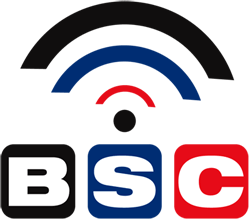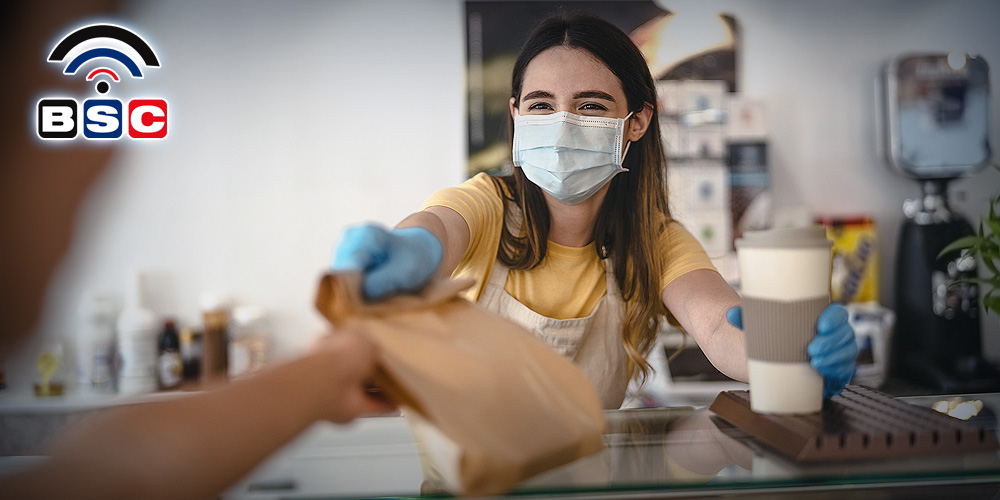The unprecedented coronavirus pandemic brought drastic shifts in every industry, and restaurant service delivery was hit hard. The supply chain was disrupted, and the CDC put strict guidelines in place, forcing many restaurants to shut their dining rooms for an indefinite period. Consumers had to change a big part of what was a social norm to them – Quick Serve and in person dining. The industry wasn’t prepared to implement these mandates. This is a look back at operational lessons learned and the step change in technology.
While many restaurants succumbed to the pressure, the ones who stepped up to innovate survived. They shifted their business models to drive-thru operations, curbside pickup, and adoption of food delivery apps to secure their service continuity.
As much as we want the COVID-19 to be under control, we are still living in a world of uncertainty. One big lesson the present situation has taught us is that we need to be prepared for the next possible ‘wave’ of change.
Here’s what we know.
1. Enabled Technology to Thrive
Technology became the first choice for restaurants during the COVID-19 crisis. Many benefitted from a wide variety of restaurant tech trends, including contactless ordering, payments, and pickup options that are likely to stick around beyond the pandemic.
Touchless restaurant service delivery technology with QR codes and facial recognition is appearing in more drive-thru restaurants, including Chick-fil-A, Whataburger, Subway, etc., as a safer way for customers to browse menus, order, and pay.
Increasingly, automation is making its way from back-office tasks to the kitchen and beyond. More video technology has been installed in kitchens to improve order accuracy in casual and fine-dine restaurants and not just quick-service establishments.
Placing employees and customer safety in the foreground of business considerations is pushing the industry into a restaurant service delivery technology revolution.
2. Changed Packaging
The consumer’s awareness of hygiene and safety concerns has increased dramatically and will probably persist long after the pandemic subsides. McKinsey’s recent survey showed that more than two-thirds of US consumers worry about contracting COVID-19 from food packaging and that more than 40 percent use household disinfectants to clean the products they buy. (Feber et al., 2020)
Today, the packaging needs to be tamper-evident and maintain food’s temperature, moisture, and presentation. While some of the operators are reluctant to use it given the costs it involves, consumers are demanding it and will pay extra for it.
3. Drive-Thru and Curb Side Emerged as a Preferred Alternative
Drive-thru service is essential. It is the only option for consumers to enjoy meals besides a third party delivery service or curbside pickup. Drive-thrus make customer accessibility significantly more convenient, increasing sales as much as 70 percent for some national chains.
Restaurant operators are preparing themselves to weather a similar crisis in the future. Restaurant service delivery was not using available tools to optimize the customer experience, but heads have now turned to the future. The race is on to build new units that may include a drive-through where there wasn’t one, designated take-out/curbside service, and a separate kitchen operation to support off-premise eating.
The drive-thru is clearly an essential part of fast-food consumption. It is one of the few normal-feeling activities we can still experience. We know that the speed and convenience that comes with drive-thru service is crucial to increasing customer satisfaction to maintain a profitable bottom line. An efficient and modern drive-thru communication system is necessary to a seamless customer experience.
With services such as Door Dash and Uber Eats, the challenge is quality control during the delivery process. No restaurant wants their food to end up like this.
4. Exceptional Customer Experience
Food is only one of the reasons consumers dine at restaurants. They come for comfort, ambiance, and a heightened personal experience. As the pandemic presses on restaurants are experiencing pent-up demand for an exceptional and safe dining experience. Operators are seeking new ways to keep their customers happy. We’re seeing plexiglass dividers between booths, hand sanitizer at the door, masked employees, condiments removed from tables and gloves in the kitchen, but is this enough?
Another trend throughout all dining segments is the introduction of more personalized food offerings that meet consumers’ nutritional needs and dining preferences. Take Burger King’s plant based Impossible Whopper and Chick-fil-a’s Kale Crunch Salad. It’s all about keeping up and anticipating customer demand for healthy options.
5. Sustainable Practice Implementation
As we rethink the food industry’s underlying principles such as safety, logistics, supply chain, other concepts such as transparency and visibility into product sourcing and manufacturing also come into the spotlight. Consumers across the country are more likely to prioritize healthy and locally sourced offerings than before COVID-19. “Where does my food come from?” is a new question many consumers are asking. Local sourcing is a big trend.
Sustainable food sources are a conscious lifestyle choice for consumers and restaurant operators alike. We look forward to the future of the fast food and quick serve dining experiences as this trend is incorporated into restaurant service delivery and would love to hear what your restaurant is doing to meet the demands for this environmentally conscious option.
We look forward to the future of the fast food and quick serve dining experience and would love to hear what your restaurant is doing to meet the demands.
About Business Sound and Communications
Business Sound and Communications is your technology resource for a heightened customer experience providing personalization and convenience. We are family owned and operated and have served Houston and surrounding areas for over 25 years giving us a competitive edge when it comes to sales and service of drive-thru communications, digital menu boards, POS systems, timers, scent marketing, surveillance equipment and more. We are a long-term solution for drive-thru operations, quick serve restaurants, fine dining and hospitality industry businesses and are here to help your operations run efficiently, accurately and timely, resulting in delighted customers. Brands we represent: Panasonic, HME, PAR, MoodMedia and ICRealtime. You can find us at www.bsctx.com.
Works Cited
Feber, D., Kobeli, L., Lingqvist, O., & Nordigården, D. (2020, July 15). Beyond COVID-19: The next normal for packaging design. https://www.mckinsey.com/industries/paper-forest-products-and-packaging/our-insights/beyond-covid-19-the-next-normal-for-packaging-design
Reinstein, B. (2020, April 3). COVID-19 will forever change the foodservice industry. www.qsrweb.com. https://www.qsrweb.com/articles/covid-19-will-forever-change-the-foodservice-industry/
Saha, S. (2020, September 18). Five Trends Defining the Food Industry Post-COVID. FoodSafetyTech. https://foodsafetytech.com/column/five-trends-defining-the-food-industry-post-covid/


